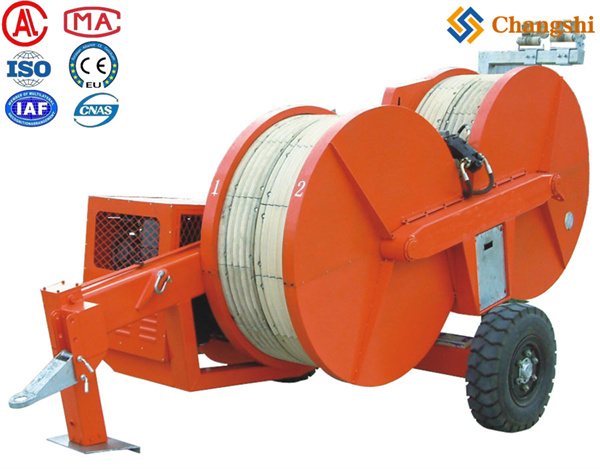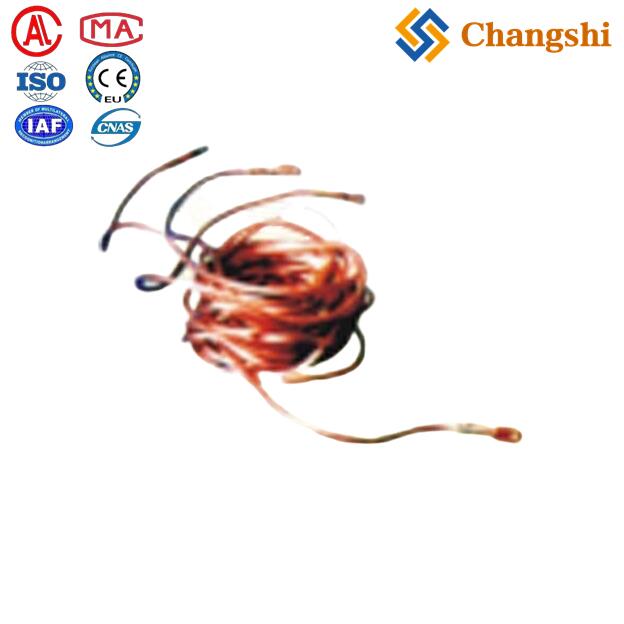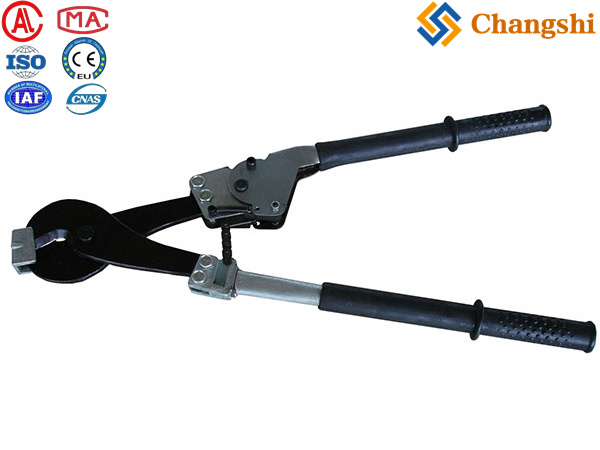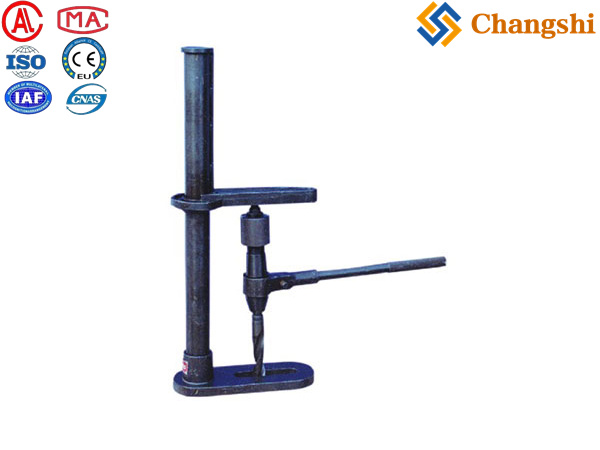
Industrial Construction Safety Fence To Prevent Accidental Access To Danger Area
A safety fence is a physical barrier designed to protect people from hazards, especially in industrial or construction environments. It serves to prevent unauthorized or accidental access to dangerous areas such as machinery, robotic cells, or hazardous zones, thereby reducing the risk of injury and costly accidents.
- Transmission Line Wire Cable Conductor Tension Stringing Equipment
- Transmission Conductor Tension Stringing Equipment For Overhead Power Lines
- Tools For Power Lines,Substation,Electrical Construction & Maintenance
- Electric Power Transmission Distribution Line Construction Machine Tools
- Overhead Power Transmission Distribution Line Repair Hardware Fittings
- Underground Cable Laying Pulling Installation Equipment Machine Tools Accessories
- Information
- Video
A safety fence is a physical barrier designed to protect people from hazards, especially in industrial or construction environments. It serves to prevent unauthorized or accidental access to dangerous areas such as machinery, robotic cells, or hazardous zones, thereby reducing the risk of injury and costly accidents.
-
Compliance with Safety Standards: Safety fences often comply with standards like EN ISO 12100, EN ISO 14119-14120, and ISO 13857, which regulate design, installation, and safety distances to prevent injuries from reaching over or through the fence.
-
: Many safety fences use modular panels of various sizes (e.g., 100mm to 1500mm wide) that can be assembled without welding, allowing flexible coverage of different areas.
-
: Panels are designed to prevent climbing and minimize injury risks (e.g., edges recessed into frames, spot welding to avoid cuts or abrasions).
-
: Safety fences can include interlocked doors with safety handles and push buttons to shut down machinery when access is needed for maintenance, enhancing operator protection.
-
: Common materials include aluminum frames with mesh panels or high-density polyethylene for barrier fences. Doors are often reinforced with metal hinges for durability.
-
: Used for machine guarding, robotic cells, industrial plants, crowd control, fall protection, and food industry hygiene fencing.
| Type | Description | Typical Use |
|---|---|---|
| Machine Safety Fence | EN ISO 14120-compliant panels with mesh openings, modular assembly | Industrial machinery guarding |
| Aluminum Modular Fence | Lightweight, modular aluminum frames for flexible applications | Machines, robots, plants |
| Barrier Fence | High-visibility, often orange polyethylene mesh for crowd control or hazard marking | Construction sites, events |
| Pool Safety Fence | Mesh fabric with aluminum poles, removable sections, optional self-closing gates | Pool safety and visibility |
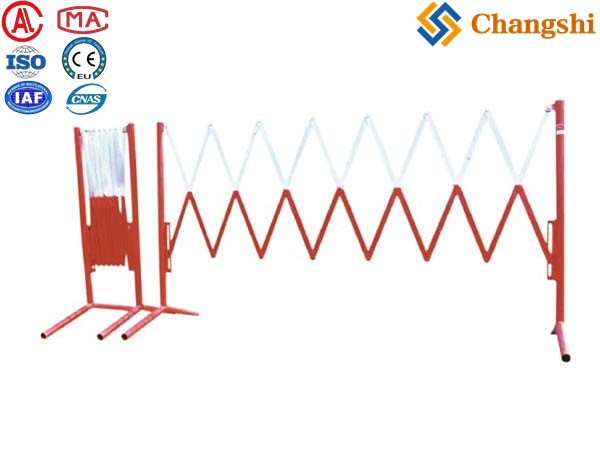
-
Determine the guarded area size and shape to select appropriate panel widths and door locations.
-
Choose fence height based on hazard height and safety distance requirements to prevent reaching over or through the fence.
-
Consider operator access needs and incorporate safety interlocks and controls for safe entry.
-
Modular systems facilitate quick installation, maintenance, and adaptability to changing layouts.
In summary, safety fences are critical safety components designed to physically separate people from hazards, comply with safety regulations, and provide flexible, durable, and operator-friendly protection solutions in various industrial and public settings.


